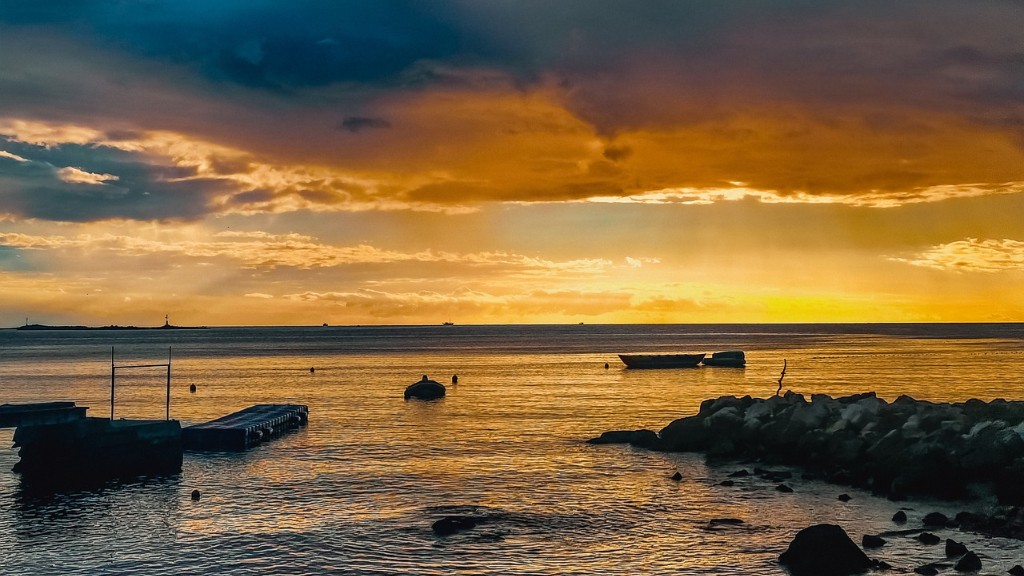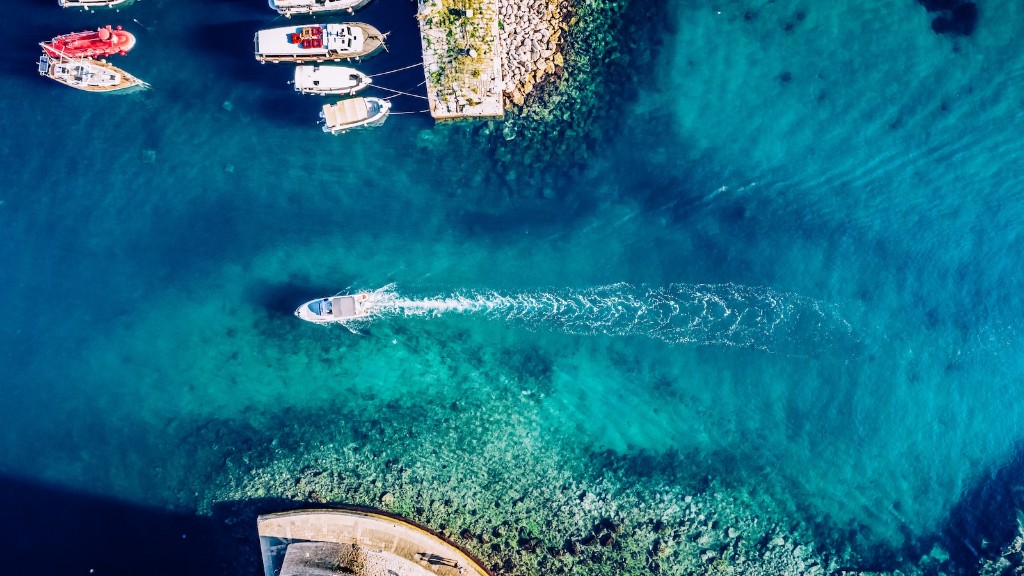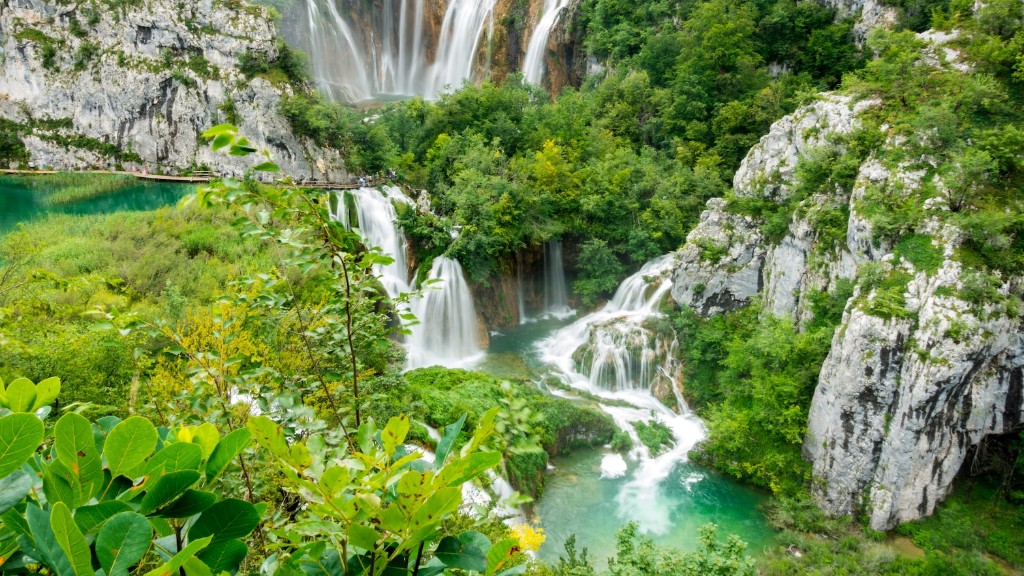When is peak season to travel to Croatia
Croatia is an increasingly popular European destination, especially for those looking to explore the stunning Mediterranean coastline. It’s becoming known for its crystal blue waters, terracotta roofs, and vibrant culture. But for anyone considering traveling to Croatia, understanding the optimal times to go is key for gaining the most out of the trip.
Factors to Consider
When planning a trip to Croatia, there are many factors to consider such as the weather, cost, and crowds. The peak season for travelers usually kicks off in May and runs through the end of September. The number of tourists generally peaks in July and August. During this time the temperatures are highest, it is unsurprisingly quite expensive and more crowded.
Weather
When traveling to Croatia, the weather should be factored into the decision-making process. The temperate climate perfectly lends itself to long days spent on the beach with temperatures consistently above 25 degrees Celcius during the summer months. Sunny days form the vast majority between May and October. However, spending time outdoors does come with the risk of short bursts of rain over the course of the day.
Cost
Travelling to Croatia between May and September will no doubt mean higher prices as the demand is far higher than in winter months. Croatia’s pristine coastline is a huge draw for sun seekers from Europe and around the world. As such, prices in the peak season for accommodation and food can be a lot more expensive.
Crowds
During May to September Croatia’s shore gets quite busy with summer holiday makers. The streets of its old cities are swarming with tourists looking to explore the ruins, monuments, and galleries. Most of Croatia’s main attractions are easily accessible in the summer months, but with the increased number of visitors it can mean overcrowded museums and long lines at popular tourist attractions.
The Best Time to Visit
The months of May to October are undoubtedly the most popular for traveling to Croatia, and they are prime time for experiencing the Mediterranean in its full glory. That being said, there are advantages to considering a trip outside of this window. Not only is accommodation significantly cheaper during the off season months, it is also less crowded and less expensive to get from one place to another.
Autumn and Winter
Travelling to Croatia between October and April is the optimal time to take advantage of the colder, off season months. The temperatures may not be as enjoyable for sun worshippers, but the average lows for Croatia are still quite mild, usually hovering around 11 degrees Celcius in October and April.
A trip in the off season is perfect for exploring the country’s many beaches and bustling cities without the worry of crowds. Access to attractions and activities may be more limited, but for many, it’s worth it to experience Croatia’s beauty in its less populated form.
Springtime
During the months of April and May, the temperatures start to rise and the days get longer. In the earlier months of spring, the days stretch out to 13 hours with temperatures ranging from 15-21 degrees Celcius. That being said, it still doesn’t compare to the heat of summer either in intensity or duration which makes it the perfect time to explore Croatia’s cities, national parks, and islands without needing to worry about the heat.
Although spring may not be the best time to visit for beach goers, it is the right time for those who want to sink deep into culture and the local history. In the springtime, Croatian cities come alive with a myriad of festivals and events all open to the public. The landscape of Slovenia and Croatia start to show its very best hues and colors of the year, making it a picture-perfect opportunity for nature lovers.
Family Travel
Families, especially those with younger children, may want to look at travelling to Croatia in the summer months. The peak season offers an abundance of family-friendly activities and attractions, many of which cater more to younger children than off-season options. Additionally, there are more beach destinations available for families to explore, giving them more space to enjoy the sun and water.
Longer Stay Travelers
Those planning an extended holiday in Croatia, or those looking to combine outdoor activities with city exploration, may find it better to plan their trip during the milder months of spring. With the more moderate temperatures, there is more opportunity for cross country trips and outdoor activities compared to the heat of summer.
Final Thoughts
Travelling to Croatia can be an enjoyable and memorable experience for travelers of all ages. When making decisions on when to visit, a variety of factors should be taken into account. The prime months of May to September are the busiest and most expensive, with the months of October to April providing a less expensive and less crowded option. Ultimately, understanding the climate of the area, the attractions on offer and the budget available will determine the best time to visit Croatia.


